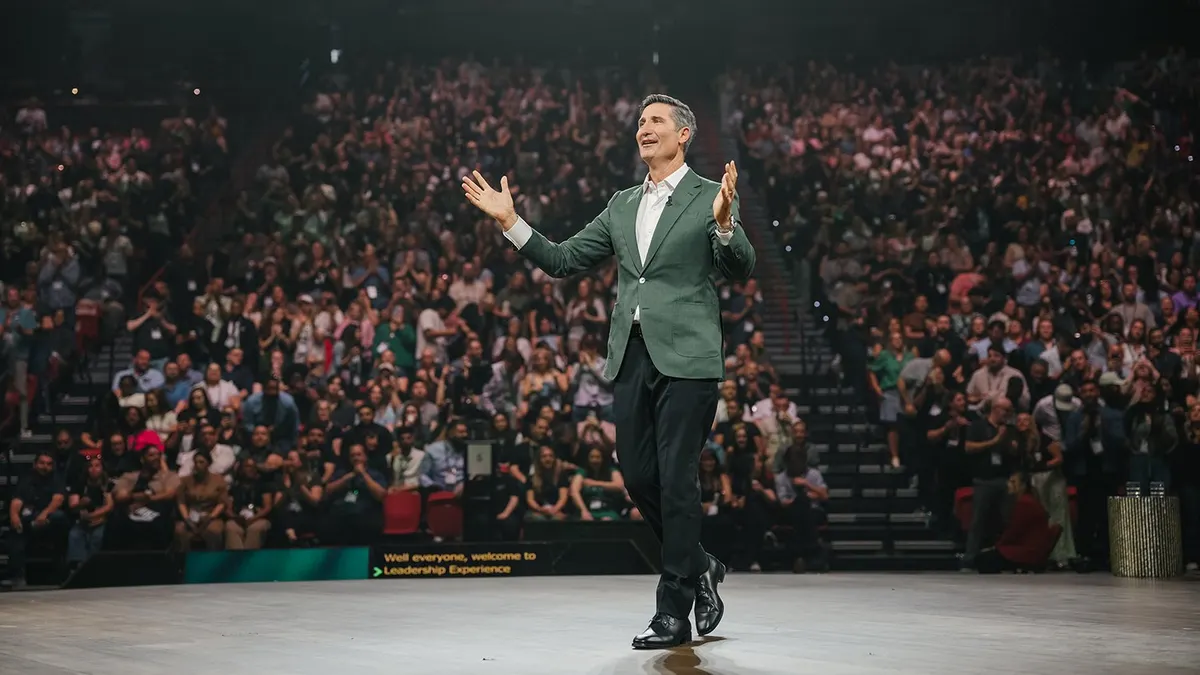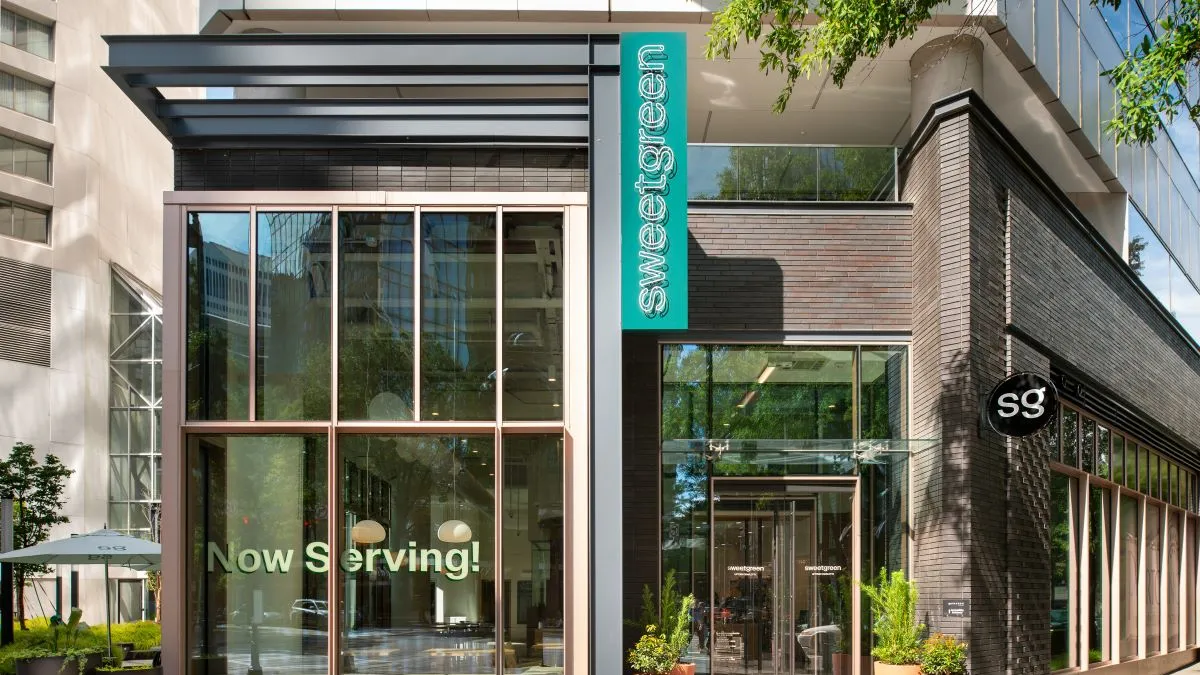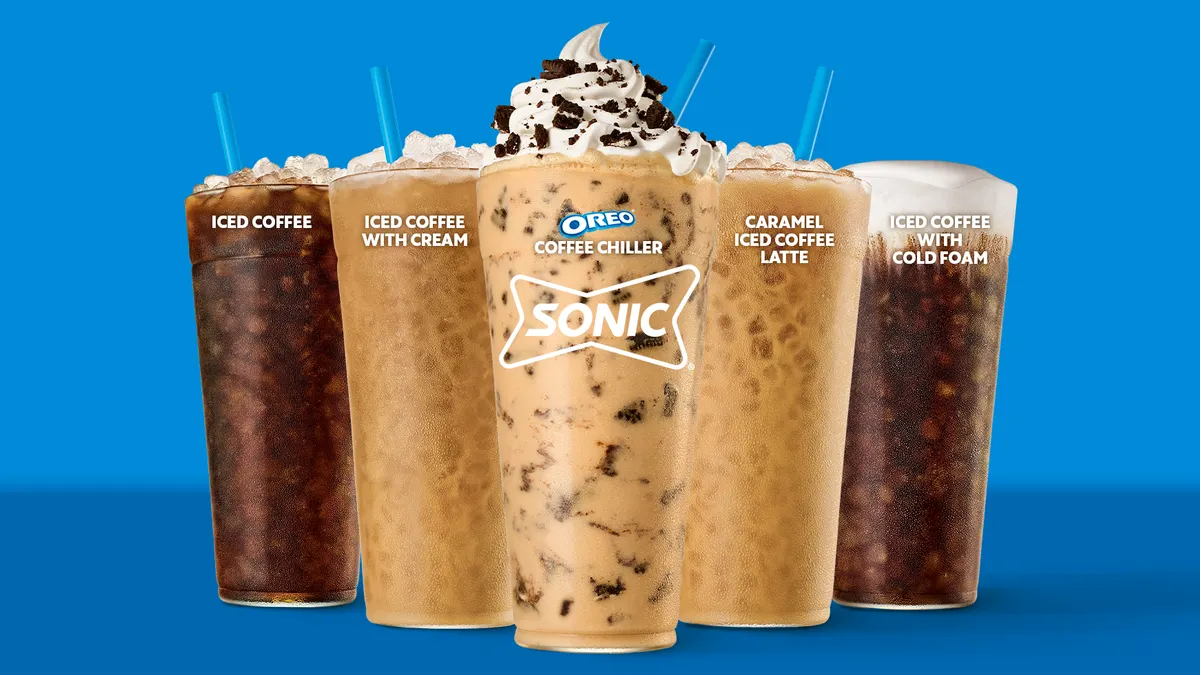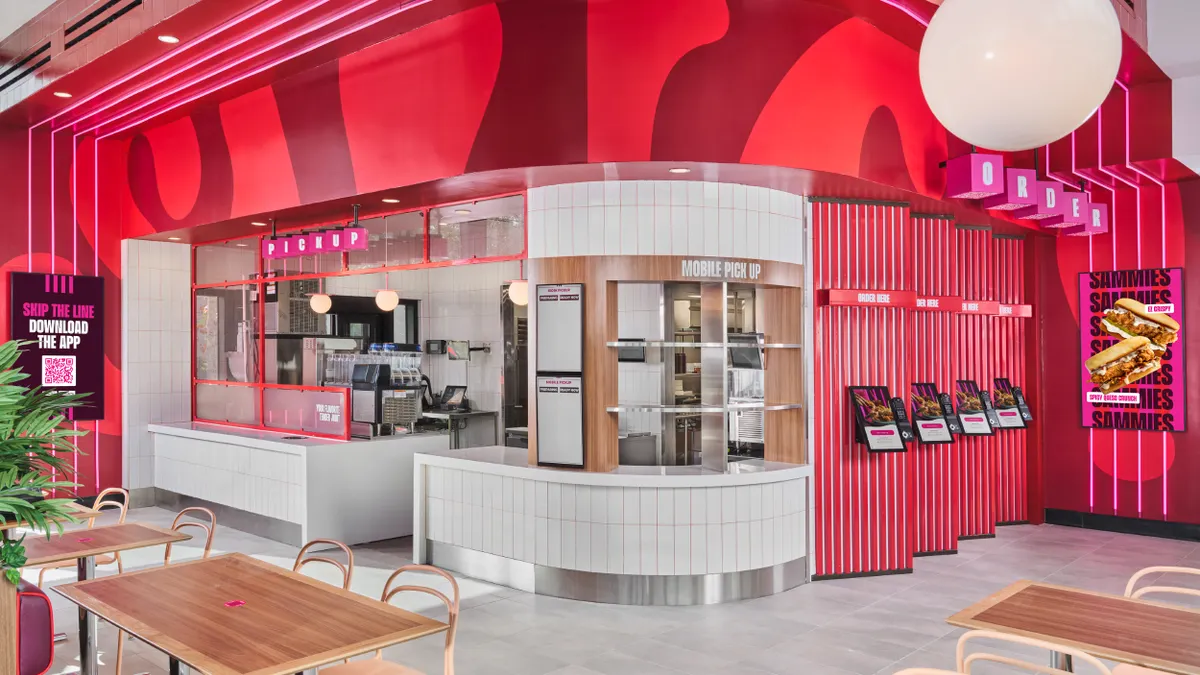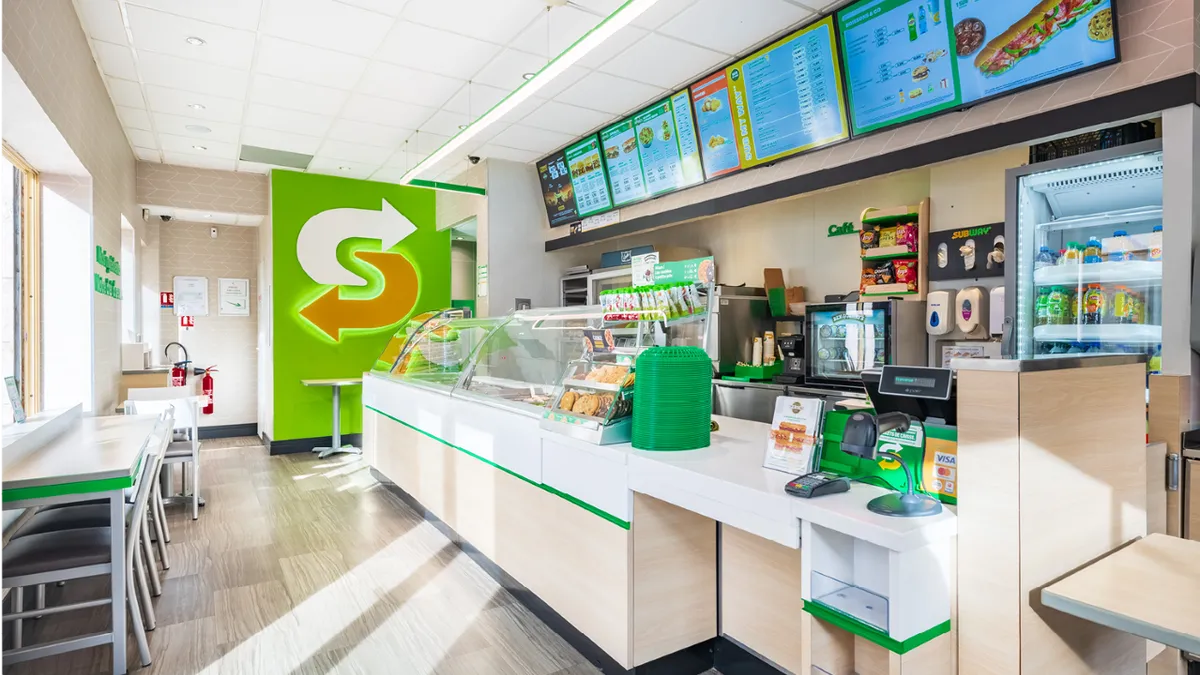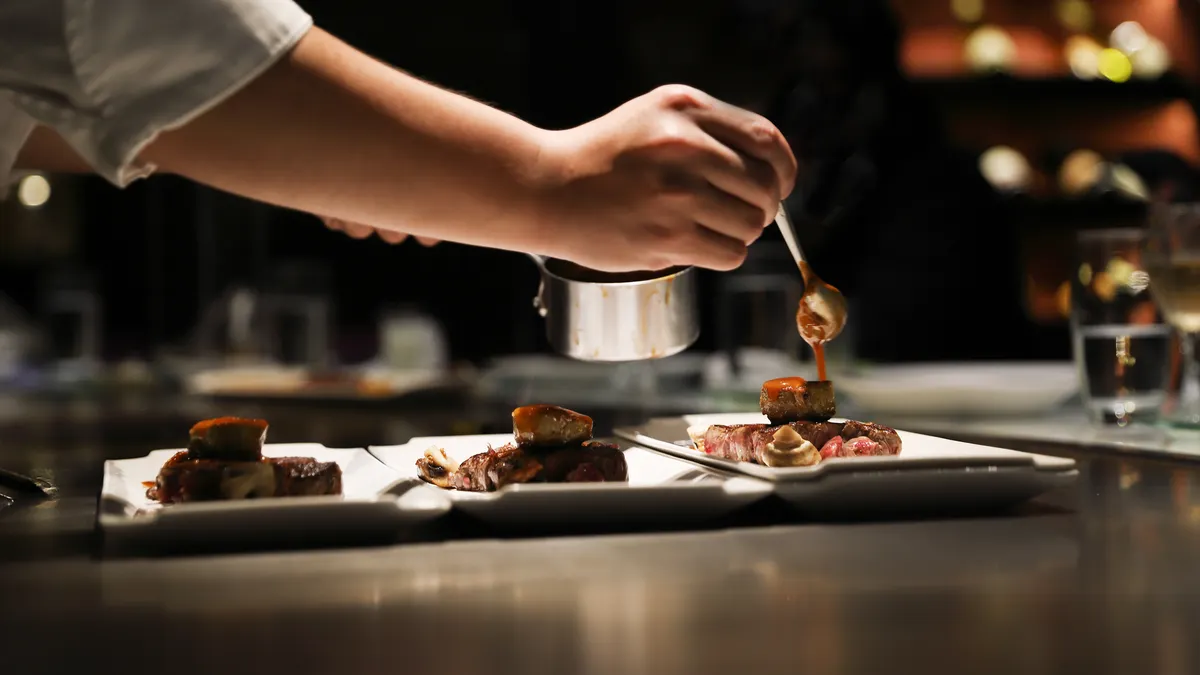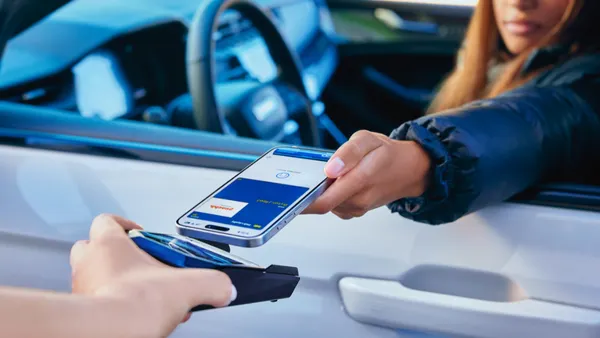Winter was particularly brutal this year, bringing subzero temperatures to the Midwest and East Coast, flooding rains along the West Coast and tornadoes in the South. It was also harsh on restaurant profits, with chains such as BJ's Restaurants reporting that bad weather dragged down sales in several markets. The company’s CEO, Greg Levin, recently told investors during an earnings conference call that during a particularly snowy weekend in February sales dropped 40% in Washington state and Oregon compared to an average weekend.
But sales aren't the only thing swayed by changing seasons and temperatures. Weather can also impact consumer behavior and what diners order off of menus. A research team at Ohio State University's Department of Human Sciences explored how weather can sway customer comments at restaurants, assistant professor Milos Bujisic told Restaurant Dive.
In a yet-to-be published study, the team initially looked at more than 3,200 customer comments from 32 fast casual restaurants in Central Florida and paired them with that day’s weather conditions. In the second and third parts of the study, the team surveyed more than 200 U.S. consumers from other regions, with a focus on the Midwest, Northwest and Northeast, to gain a broader understanding of how weather affected mood during a recent dining experience.
Based on the findings, Bujisic said that three variables can influence consumer mood: temperature, air pressure and rain.
Negative comments on customer comment cards are common when it rains, he said, while positive comments are more frequent with higher temperatures. But if temperatures are considered too hot, customer comments become less positive, the study found.
The impact of rain on mood should be taken into consideration when reviewing customer comments, he said.
While rain could shift diner sentiment, it didn't keep them from going to restaurants.
"Our research indicated that rain didn't impact sales," he said. "Temperature was the number one factor."
Not only did high temperatures slow traffic, but they also appeared to change what people ordered. In a separate study, his team reviewed 47 days of POS data at a full-service restaurant attached to a hotel in Central Florida. Most of the diners were hotel guests and not restaurant regulars. That data was paired with local meteorological data to see how humidity and temperature affected what diners bought. The study used 65 degrees as the average temperature and considered anything significantly above as hot and anything below as cool.
"Our research indicated that rain didn't impact sales. Temperature was the number one factor."

Milo Bujisic
Assistant professor, Ohio State University's Department of Human Sciences
The study revealed that lunch sales were most affected by temperature compared to any other meal. When it was warmer out, fewer people were willing to go out to lunch.
"Which makes sense," Bujisic said. "In Florida the highest heat is during lunch time."
The item most influenced by weather was Belgium waffles, he said. He couldn't definitively explain why waffle orders dropped, but suggested anecdotally that consumer interest in comfort food may wane as temperatures rise. Temperature also similarity altered sales for mixed grill and French toast. Items that were perceived as having high calories also didn't sell as well during higher temperatures, while sales did not shift dramatically for items perceived to have lower calories.
In Florida, consumer behavior was altered the most by humidity — more so than temperature. If it was hot, but the humidity was low, people would still head to their local restaurant, he said. But if both humidity and temperature were up, people were more likely to stay at home, he said.
To better prepare for how weather can influence menu choices, Bujisic said his study could be easily replicated. Restaurants can gather their own meteorological data, which is publicly available, and pair it with POS data to see how well certain items sold depending on the temperature.
Using this data, restaurants can create algorithms to better predict what future sales will look like with a higher level of accuracy — eliminating some of the guesswork.
"Restaurants, especially mom-and-pops, are still relying on the gut feeling of the owner on what is going to be sold," Bujisic said.
Although weather is just one factor that can temper sales, this tactic could allow restaurants to better predict what ingredients they will need to order for a certain day, he said.
During summer months, management can also develop promotions and pricing strategy that can compensate for the fall in demand of heavier, highly seasonal items, Bujisic said. Instead of relying on gut feelings, operators can instead use data backed by customer preferences allowing operators to boost sales based on customer preference.









